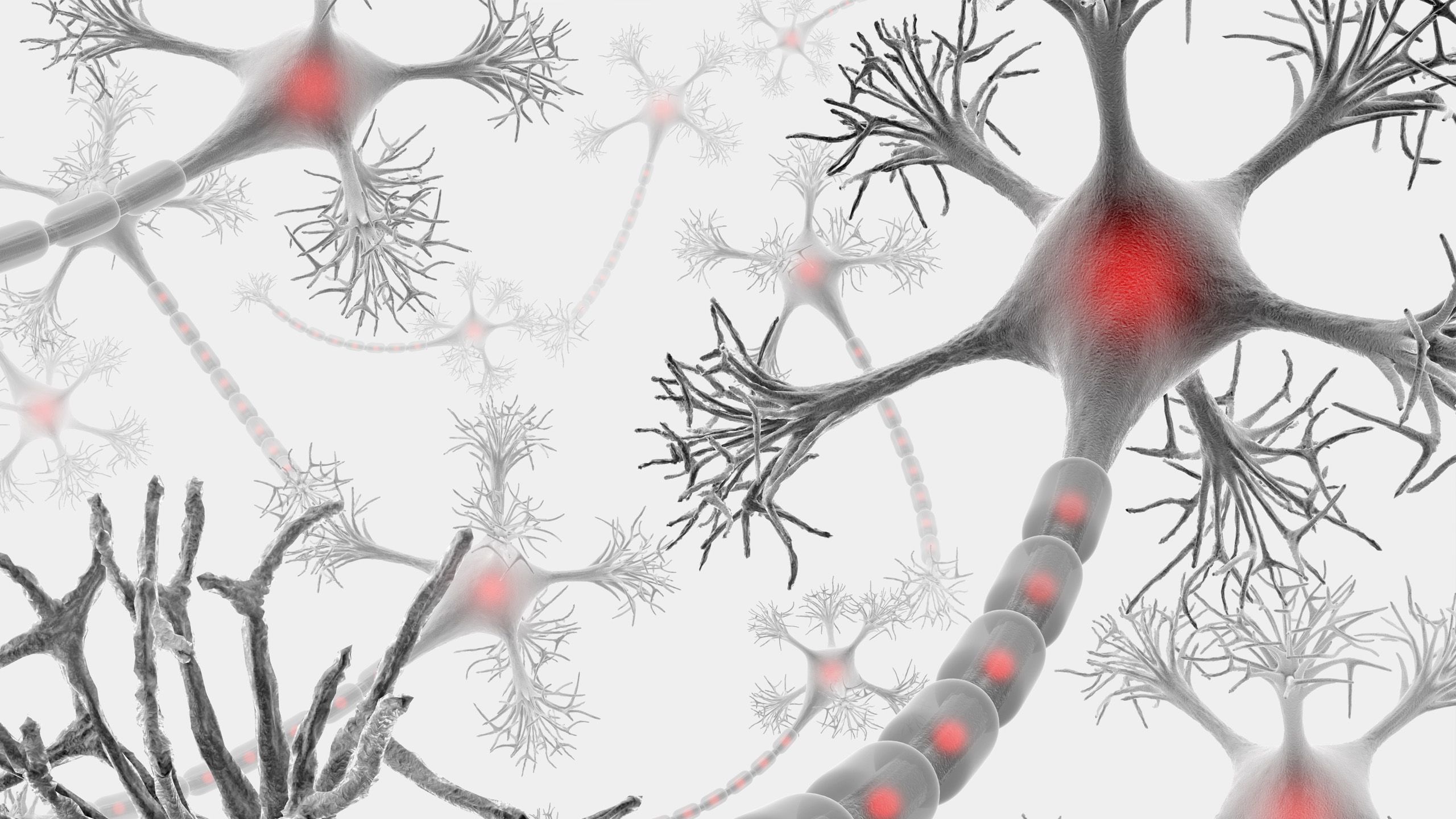Peripheral neuropathy: Early detection and management
Peripheral neuropathy is a painful condition characterised by nerve damage in the extremities. Early intervention and self-care practices are prime treatment strategies.

Peripheral neuropathy encompasses a spectrum of disorders affecting the peripheral nervous system, resulting in sensory and motor dysfunction. Manifestations primarily involve numbness, tingling, weakness, and loss of sensation, often affecting the feet and fingers.
Peripheral neuropathy presents with a range of symptoms, including numbness, tingling, and stabbing pains in the extremities. Weakness and loss of sensation, especially in the feet and fingers, are also common. The condition can arise from various aetiologies, including chronic illnesses like diabetes, injuries, infections, vitamin deficiencies, and exposure to toxins.
Individuals with diabetes are particularly susceptible due to chronic hyperglycaemia, highlighting the significance of glycaemic control in preventing neuropathic complications.
Early diagnosis and treatment
Early diagnosis necessitates consulting healthcare professionals, including neurologists, who can conduct a comprehensive evaluation through neurological examinations, electromyography, and nerve conduction studies to assess nerve function and identify underlying causes. Management strategies focus on addressing the root cause, such as optimising glycaemic control in diabetes or treating underlying infections.
Self-care measures
Self-care plays a crucial role in managing peripheral neuropathy and minimizing symptom exacerbation. For individuals with diabetes, maintaining healthy blood sugar levels through diet, exercise, and medication adherence is paramount to prevent further nerve damage.
Additionally, lifestyle modifications like smoking cessation, moderate alcohol consumption, and engaging in regular physical activity promote vascular health and improve circulation, thereby alleviating neuropathic symptoms. Protecting extremities from cold and injuries further reduces the risk of complications and promotes overall well-being.
Diabetic peripheral neuropathy
Diabetic late complications encompass macrovascular complications such as cardiovascular diseases and microvascular complications including retinopathy, nephropathy, and neuropathy. Among these, diabetic neuropathy stands out as a significant clinical syndrome, characterised by pain and substantial morbidity resulting from somatosensory nervous system lesions.
Typically, neuropathy manifests with a distal-to-proximal gradient of severity in the feet and hands. Presently, glucose control and foot care represent the sole therapeutic interventions for diabetic neuropathy.
Two primary predictors of diabetic neuropathy include the duration of diabetes and levels of haemoglobin A1c. Haemoglobin A1c levels are often linked to metabolic, genetic, and environmental factors, along with common cardiovascular risk factors and suboptimal glycemic control. Nevertheless, the precise molecular mechanisms through which diabetes mellitus affects sensory neurons remain elusive.
Oxidative stress
Oxidative stress refers to an imbalance between the generation of free radicals and the antioxidant defense system, leading to molecular damage. Free radicals, possessing unpaired electrons, act as oxidants, while antioxidants stabilise them, maintaining equilibrium. Despite structural variances, free radicals share mechanisms of biomolecular damage.
Oxidative stress arises from reactive oxygen species (ROS) overproduction and inadequate antioxidant responses, influencing nerve cell functions via molecular signaling pathways. In diabetes, impaired glucose metabolism exacerbates oxidative stress by diverting glucose into alternative pathways, leading to toxic metabolite accumulation and NADPH overutilisation.
These processes elevate intracellular redox stress, inducing protein, lipid, and DNA modifications, alongside mitochondrial dysfunction and ROS overgeneration. Consequently, peripheral nerve damage occurs, characterised by Schwann cell, myelinated axon, and sensory neuron loss. Mitochondrial energy deficits further exacerbate axonal injury, contributing to chronic degenerative disorders like diabetic neuropathy.
Hyperglycemia-induced oxidative stress is a central mechanism in diabetic neuropathy progression, precipitating mitochondrial dysfunction and bioenergetic deficits. Despite antioxidant therapy investigations, effective treatments for diabetic neuropathy remain elusive, with nerve repair strategies requiring translation into clinical trials.


CONCLUSION
Peripheral neuropathy presents a multifaceted challenge, encompassing various disorders affecting the peripheral nervous system and causing sensory and motor dysfunction, often concentrated in the feet and hands. Timely diagnosis and management are imperative to mitigate irreversible nerve damage and associated complications.
Early intervention, including comprehensive evaluations by healthcare professionals and targeted treatments addressing underlying causes, is pivotal. Moreover, self-care measures, particularly in individuals with diabetes, play a crucial role in symptom management and overall well-being. Despite advancements, diabetic neuropathy remains a significant concern, necessitating further research into effective therapeutic strategies, particularly those targeting oxidative stress-induced mechanisms.
REFERENCES
Khdour, MR, 2020. Treatment of diabetic peripheral neuropathy: a review. Journal of Pharmacy and Pharmacology, 72 (2020), pp. 863–872.
Mallet, ML, et al, 2020. The Role of Oxidative Stress in Peripheral Neuropathy. J Mol Neurosci 70, 1009–1017 (2020).
Pang, L, et al, 2020. Understanding Diabetic Neuropathy: Focus on Oxidative Stress. Oxidative Medicine and Cellular Longevity, Vol. 13 pages, 2020.
Pop-Busui, R, et al, 2022.Diagnosis and Treatment of Painful Diabetic Peripheral Neuropathy. ADA Clinical Compendia 1 January; 2022 (1): 1–32.



